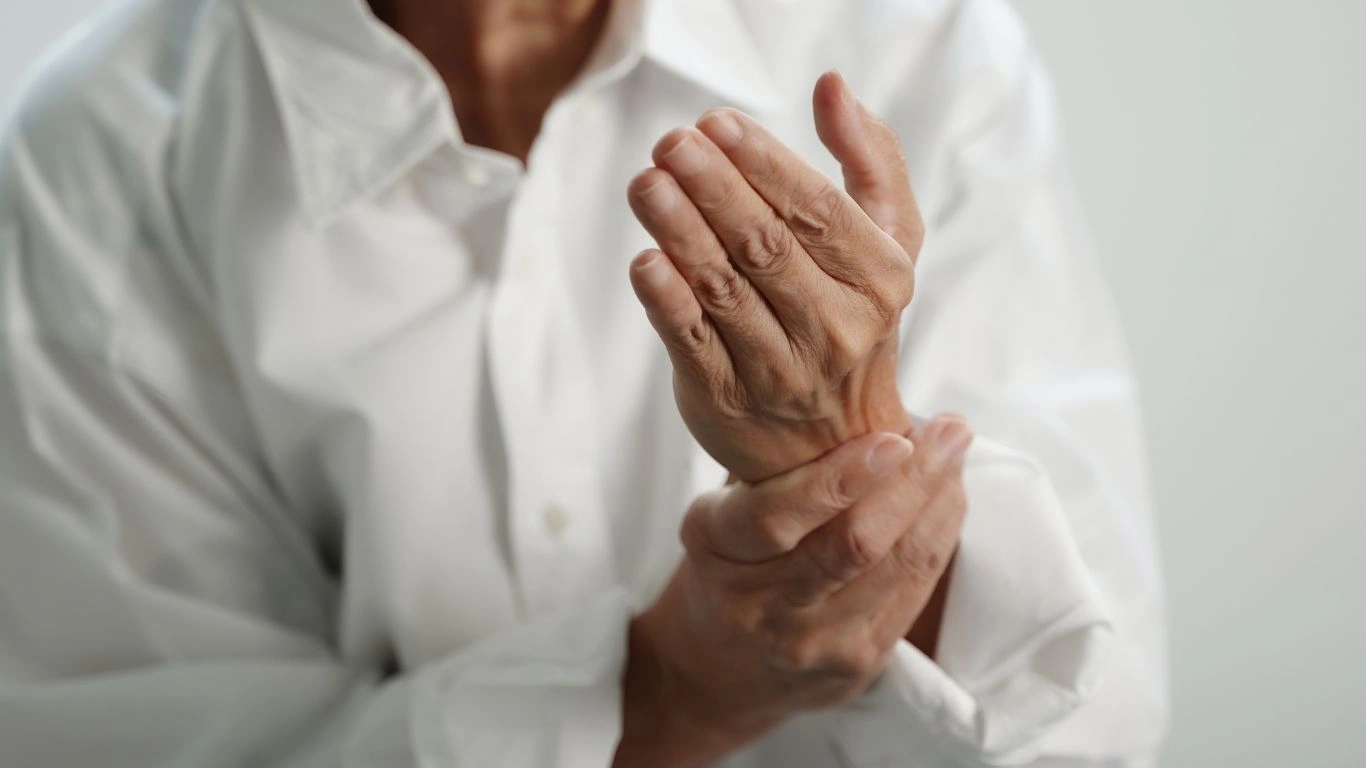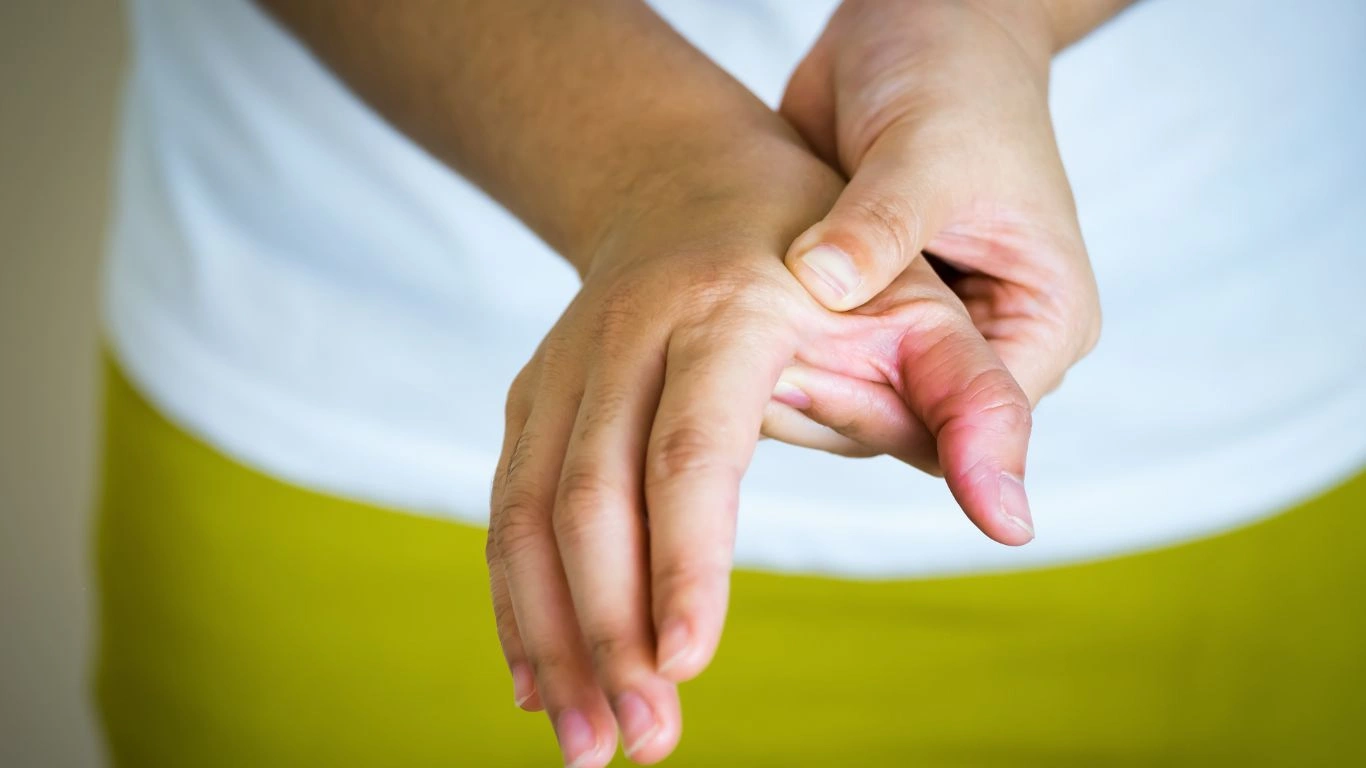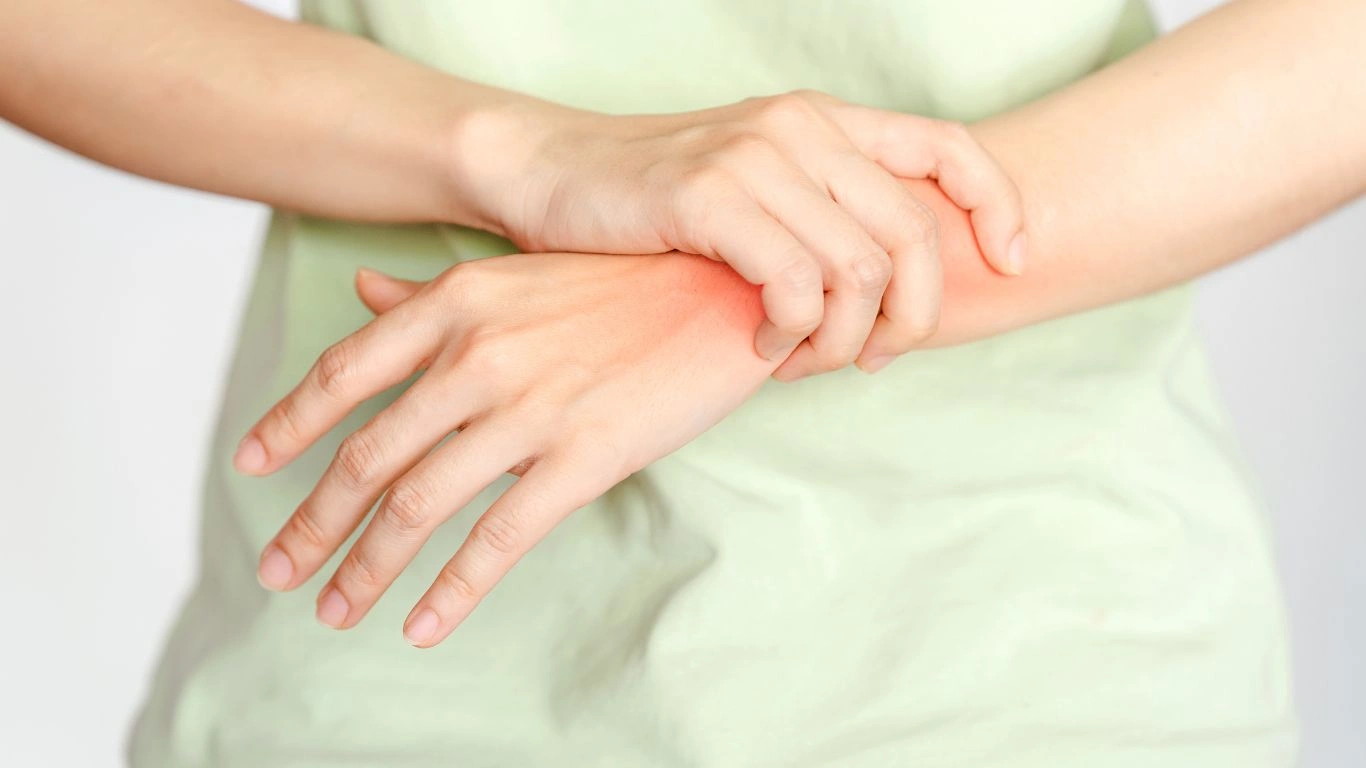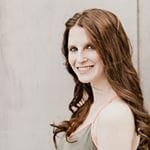How Rheumatoid Arthritis Affects the Knees: What You Should Know 🦵💪
What is Rheumatoid Arthritis? 🤔
Okay, let’s start with the basics. RA is an autoimmune condition, which basically means your immune system gets a bit confused and starts attacking healthy tissues, like the lining of your joints. While it can mess with any joint, the knees are one of the most commonly affected areas. It’s a bit like your body’s internal system deciding that your knees aren’t on Team You anymore. But don’t worry, with the right treatment, we can fight back!

How RA Affects Your Knees 🦵
Now, let’s talk about how RA actually messes with your knees. Trust me, it’s not pretty, but understanding it can help you deal with it.
1. Inflammation and Swelling 🔥
First thing that happens when RA hits the knees? Inflammation. Your knee joint gets all puffy, sore, and a little angry. The synovium (the lining inside the joint) gets inflamed, causing pain, swelling, and that stiff feeling you get in the mornings. If you’ve ever woken up with knees that feel like they belong to a much older person, you know what I mean.
2. Joint Deformities 🔧
As RA keeps doing its thing, it can lead to some serious changes in the shape of your knees. Over time, the ligaments and tendons around the knee get weak and stretched out. This can cause things like knocked knees or a bow-legged look, which sounds weird but is actually pretty common with RA.
3. Cartilage Break Down 🦴
If you’re not careful, RA can wear down the cartilage in your knees, which normally cushions your bones. This results in bones rubbing together—ouch! This can make every step a painful experience and limit your range of motion. Anyone who’s ever felt that sharp, bone-on-bone pain knows exactly what I’m talking about.
4. Stiffness & Limited Movement 🚶♂️
One of the worst parts? The stiffness. It’s like you’ve been sitting in the same position for hours and your knees just refuse to cooperate. You can barely bend them or straighten them. If it gets really bad, you might find yourself taking a little extra time to get up from the couch or climb stairs.

Symptoms of RA in the Knees 😣
So, how can you tell if your knees are being affected by RA? If you’ve noticed any of the following, it might be time to check in with your doc:
- Persistent knee pain that doesn’t go away.
- Swelling, especially if it doesn’t go down after rest.
- A feeling of warmth around the knee joint.
- A bit of redness or puffiness around your knees.
- Trouble moving your knees, like bending or straightening them.
Now, these symptoms can vary—sometimes they come and go, and other times they stick around longer than you’d like. But if you’re dealing with any of these, it’s worth getting checked out.

Managing RA in the Knees 💊
While there’s no magic cure for RA, there’s a lot we can do to manage the pain and keep those knees moving.
1. Medications 💉
RA meds are usually the first step. I’ve heard people rave about how much better they feel after starting on meds like NSAIDs (pain relievers) or DMARDs (drugs that slow RA’s progression). And if things are getting really intense, biologics (fancy meds that target specific parts of the immune system) can also help. They’re like the superheroes of the RA world.
2. Physical Therapy 🧘♀️
Don’t overlook physical therapy—it’s not just for athletes. PT can help you strengthen the muscles around your knee, which helps support the joint. I know a couple of people who swear by their PT sessions. It’s like giving your knees the TLC they need to stay functional for longer.
3. Surgery (If Necessary) 🏥
Sometimes, if things get really bad and nothing else is working, surgery might be on the table. I’ve talked to folks who’ve had knee replacements, and while it’s not a small thing, it can seriously change your life. After all, getting your knees back to their best is worth the effort, right?
4. Lifestyle Changes 🍎
Let’s be real: we could all stand to lose a few pounds. Extra weight puts more strain on your knees, and if you’ve got RA, it just makes things worse. Eating healthy, staying active (without overdoing it), and keeping your weight in check can all make a huge difference.

Troubleshooting Common Issues 🛠️
Even with treatment, there are some things you might run into while managing RA in your knees. Here’s how I’d troubleshoot them:
- Swelling that won’t go down: Ice packs are your best friend here. Seriously, 15-20 minutes of ice a few times a day can help. If it’s still swollen after a few days, it might be time to see your doctor for a treatment adjustment.
- Morning stiffness: I’ve had a few friends tell me that their knees feel like they’ve been hit with a ton of bricks when they wake up. Try some light stretching or gentle warm-up exercises to loosen them up before jumping into your day.
- Pain during exercise: Exercise is good for RA, but some movements can aggravate your knees. Stick to low-impact exercises like swimming or cycling that don’t put too much strain on your joints.
Real-Life Stories: How People are Managing RA in Their Knees 🌟
I know it can feel pretty isolating when you’re dealing with RA in your knees, but trust me—you’re not alone. Here are a couple of success stories I’ve heard from people managing RA:
- Sarah: Sarah, a teacher I know, was diagnosed with RA a few years ago. At first, her knees were swollen and sore all the time. But after starting a mix of medications and physical therapy, she can walk without pain now! It took time, but she got there.
- John: John was in his 60s and couldn’t walk without a cane because his knees were so bad. After knee replacement surgery, he was back on his feet within months, playing tennis again! It’s proof that with the right treatment, life can go back to normal—even after a major setback.
Key Takeaways / Summary 📝
So, to sum it all up:
- Rheumatoid arthritis can cause a lot of problems for your knees—pain, swelling, and even deformities if left unchecked.
- Early treatment, including medications, physical therapy, and lifestyle changes, is key to keeping your knees in good shape.
- Surgery can be a game-changer if things get really bad, but there’s no one-size-fits-all solution. It’s about finding what works for you.
If you’ve got any of these symptoms, it’s time to talk to your doctor. The earlier you get on top of it, the better!
Frequently Asked Questions (FAQs) ❓
- Can RA in the knees be reversed? Unfortunately, no. But treatment can help manage symptoms and slow down the damage.
- How do I know if I have RA in my knees? If your knees hurt and feel swollen for a while, get checked out by your doctor. Blood tests and imaging will help confirm if it’s RA.
- Do I need surgery for RA in my knees? Not always! Surgery is only considered when things get really bad and other treatments aren’t working.
- Is exercise good for RA? Yes, but make sure to go for low-impact activities that won’t stress your knees, like swimming or biking.
References 📚
Disclaimer ⚠️
This article is for informational purposes only and should not be used as medical advice. Always consult your healthcare provider for the best treatment plan tailored to your needs.
Call to Action 👣
If you’re dealing with knee pain from RA, don’t wait around hoping it gets better. Talk to your doctor about your treatment options and see what can work for you. And hey, if you found this helpful, share it with someone who might need it! Take care of those knees! 😊

Tarra Nugroho is a dedicated Nurse Practitioner with a strong foundation in family and preventive care. She brings both compassion and clinical expertise to her practice, focusing on patient-centered care and health education. As a contributor to Healthusias.com, Tarra translates medical knowledge into clear, empowering articles on topics like women’s health, chronic disease management, and lifestyle medicine. Her mission is simple: help people feel seen, heard, and informed—both in the clinic and through the content she creates. When she’s not caring for patients, Tarra enjoys weekend hikes, plant-based cooking, and curling up with a good health podcast.






